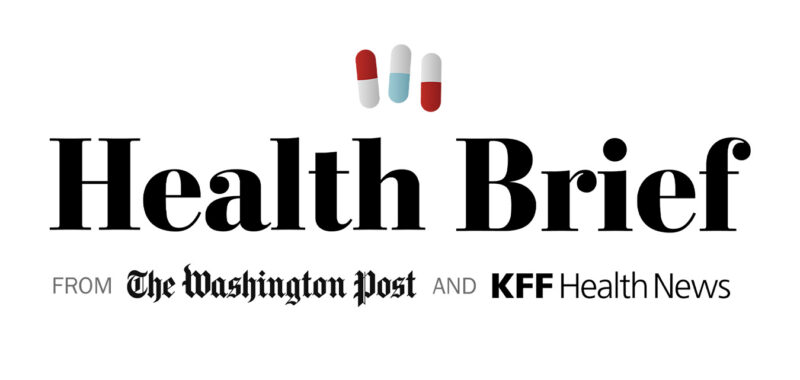Last month, Planned Parenthood Great Plains opened its newest clinic in Pittsburg, Kan., a city of about 21,000 people mere minutes from the borders of both Missouri and Oklahoma.
It’s the second new clinic the regional affiliate has opened in Kansas in a little over two years, to accommodate the growing number of patients coming from Texas, Missouri, Oklahoma, Arkansas and even Louisiana.
For many people in the South, Kansas is now the nearest place to get a legal abortion.
Fourteen states have enacted abortion bans with few exceptions since the Supreme Court’s Dobbs v. Jackson Women’s Health Organization decision in 2022 left policies on abortion to the states. Many more have limited access.
And yet, the estimated number of abortions in the United States last year rose to over 1 million, the highest number in a decade, according to the Guttmacher Institute, a national nonprofit that supports abortion rights. That’s due in part to the efforts of groups such as Planned Parenthood Great Plains to fill the void left in the states with bans.
Over 170,000 people traveled out of their own state to receive abortion care in 2023, according to Guttmacher. That’s a big jump after Dobbs even though the share of out-of-state patients has been rising since at least 2011.
Not all of the increase in abortions comes from interstate travel, of course. Telehealth has made medication abortions easier to obtain without traveling. The number of self-managed abortions, including those involving the medication mifepristone, has risen.
And Guttmacher data scientist Isaac Maddow-Zimet said the majority of the overall abortion increase in recent years came from those in states without total bans. The increased attention on the issue since Dobbs and efforts to expand access for people in the states with bans bolstered access for people locally as well.
“That speaks, in a lot of ways, to the way in which abortion access really wasn’t perfect pre-Dobbs,” Maddow-Zimet said. “There were a lot of obstacles to getting care.”
Abortion opponents, meanwhile, hailed an estimated drop in the procedure in the 14 states with near-total bans.
“It’s encouraging that pro-life states continue to show massive declines in their in-state abortion totals, with a drop of over 200,000 abortions since Dobbs,” Kelsey Pritchard, a spokeswoman for Susan B. Anthony Pro-Life America, wrote in a statement.
Organizations in states where abortion remains legal feel the ripples of every new ban almost instantly.
One Planned Parenthood affiliate with a clinic in southern Illinois, for example, reported a roughly 10 percent increase in call volume in the two weeks following the enactment of Florida’s six-week abortion ban in May. Both sides now await the next round of policy decisions on abortion, which voters will make in November. Ballot initiatives in 10 states could enshrine abortion rights.
This article is not available for syndication due to republishing restrictions. If you have questions about the availability of this or other content for republication, please contact NewsWeb@kff.org.

